Peshara - Titan of the South
A thousand conquerors have come to claim these lands. Eyes set only on its riches, they never tried to understand them. One after the other, they failed, leaving only shattered hopes and dreams. And their successors without warning. So they come. Again and again, they come. To join their brethren as bleached bones under the sun.Nations rise and nations fall. No matter how prosperous or powerful, there is no realm under the heavens that can withstand the gnawing teeth of time. Some disappear within the annals of history. Others rise again greater than ever. Peshara is no exception. Ever since it emerged from the ashes of a burning continent, it has risen and fallen a hundred times. A dance of conquest, glory, corruption and betrayal; a dance done a thousand times. As the sun will always rise above the Dawn Wall in the east, so will Peshara rise to rule the plains of Anidara. Or so the people say.
Conquerors from the Outer Lands
Peshara is the land of the Kidarites; a tribe that emerged from the Outer Lands in ancient time. A realm forged by Kosran the Great, who re-united the Kidarite tribes after Atechandar Argead had crushed them into dust in 830 DA. In 1346, he declared himself lord over all lands of the south and Peshara propsered under his and his successors rule. Although this First Dynasty of Pesh-Ar would last only a hundred years, it served as the inspiration for many a ambition in the future. Since then, ten Dynasties have followed in the first's footsteps, those ruled by the Kidarites being without a doubt the greatest among them. The Ninth Dynasty matched the might of Tarquinnia and its successor stalled the nigthmarish onslaught of the Kha'ali Rushtra. Today, the Kidarites are the subjects of other nations. But they are merely recovering from recent setbacks. Sooner or later, they will rise again. And the banner of Kosran will fly above the walls of Anidara once more.A King of a Hundred Kings

by Liang Mark
Shahi - Governors of the Realm
Selected from the middle and upper nobility and educated through an extensive set of civil service exams, these men and women are tasked with keeping the Empire's economy and bureaucracy running. The Shahi themselves are divided into a multitude of smaller offices, from city officials to regional governors. They directly cooperate with the Aragan and their fates are tied together. If one fails repeatedly, whatever the cause may be, they both will lose their office.
Selected from the middle and upper nobility and educated through an extensive set of civil service exams, these men and women are tasked with keeping the Empire's economy and bureaucracy running. The Shahi themselves are divided into a multitude of smaller offices, from city officials to regional governors. They directly cooperate with the Aragan and their fates are tied together. If one fails repeatedly, whatever the cause may be, they both will lose their office.
Aragan - Defenders of the Empire
Recruited among the various nomadic tribes of Anidara, these warriors serve to protect the realm from enemies both inside and outside its borders. They patrol Peshara's long winding roads, escort trade caravans, keep the peace between the realms various nomadic and sedentary residents and support the Shah's army in times of war. While dependent on the Shahi for funding and equipment, the symbiotic nature of their relationship ensures an adequate amount of support.
Recruited among the various nomadic tribes of Anidara, these warriors serve to protect the realm from enemies both inside and outside its borders. They patrol Peshara's long winding roads, escort trade caravans, keep the peace between the realms various nomadic and sedentary residents and support the Shah's army in times of war. While dependent on the Shahi for funding and equipment, the symbiotic nature of their relationship ensures an adequate amount of support.
Asahi - Agents of the Shah
The Shahs special soldiers. Handpicked from all levels of government, these agents strive to keep the realm or more precisely the Shah "safe" from his enemies. How exactly this is done depends on the situation. Investigating corruption, restraining overambitious generals/satraps, rooting out plots against the royal dynasty, gathering intel about foreign movements and lastly the "removal" of problematic individuals, the tasks of the Asahi are vital to the realm's stability.
The Shahs special soldiers. Handpicked from all levels of government, these agents strive to keep the realm or more precisely the Shah "safe" from his enemies. How exactly this is done depends on the situation. Investigating corruption, restraining overambitious generals/satraps, rooting out plots against the royal dynasty, gathering intel about foreign movements and lastly the "removal" of problematic individuals, the tasks of the Asahi are vital to the realm's stability.
Four Banners
To counter the military power of the Satraps and Aragan, the Shahs employ a personal army of considerable size. This force is divided into four so-called Banners. Each Banner is given a colour which determines their composition and area of operation, based on the meaning the Kidarites associate with it. Their size is indicative of the Shah's power and has been noted as high as 150.000 men each. To be given command over one is seen as the highest honour one could possibly achieve and only the best generals (although relatives of the Shah are common) are even considered.- Azure Banner:
Azure represents the sky, the oldest thing within creation according to Kidarite myth and as such is associated with the past. The Azure Banner is therefore composed solely of warriors from the Hamayan, those tribes that trace their ancestry back to a time before the Kidarites reached Anidara. Following the old ways of Kidarite warfare, it consists entirely of cavalry units.
- Scarlett Banner:
Scarlett, the colour of the rising sun, the colour of fire, of change and renewal. In contrast to the "Old Men" of the Azure Banner, those marching under the Scarlett Banner are recruited from the Famayan, those Kidarite tribes that emerged in Anidara. It is a mixed formation, consisting of heavy and light infantry regiments, archer formations, light cavalry and a small detachment of cataphracts.
- White Banner:
White is usually associated with "outsiders", those not part of the tribe, but with a shared history. This group includes the other great tribes of Anidara. The various ethnicities stay in their own regiments, essentially serving the same roles they would in their respective nations' armies.
- Black Banner:
Black symbolises the void outside creation, the night, the foreign. Considering this, it is no surprise that the Black Banner is made up of troops from various foreign nations. Ten years of service in the Black Banner are rewarded with a parch of land to settle on. It is often called a "patchwork army" due to its many different regiments. While people from all around the Divide are found here, the majority of soldiers hails from Vardania, Illigara or Infera.
Land of Wheat, Spice and Dye
Any realm that can control the vast lands of Anidara is set to become wealthy beyond belief. Rather poor in gold or iron, her earth contains several minerals of great importance. Kenrin, Oranak, Meltin, Rodite and many more. Each desired around the Divide for their use in the production of medicine, dye and various other industries. In recent decades, Anidara's vast coal deposits have gained new importance as the Rhomeian Empire and other states have begun to employ steam engines in larger numbers. Southern earth does not only contain many a treasure, but is also among the most fertile in the known world. Watered by the great rivers Efrit and Tiganari, the lands of central Anidara produce wheat in such numbers that they are known as the "Granary of the World". While Peshara ensures that part of the harvest flows into state-owned corn chambers to prepare for bad times, or ought to do so lest they are confronted by massive peasant revolts during draughts, it does export vast amounts of the "green gold" to its neighbours. Aside from wheat, the Kidarites grow a large number of cash crops. Plants such as Bitterleaf, Pepper, Paprika or Chauna are popular around the Divide, the spice trade worth an entire nation's weight in gold. Weakened, the nations of the south will be preyed upon by the resource-hungry forces of the north, most notably the Tetrarchy of Nurn and Rhomeian Empire. A stong Peshara, however, will find itself courted by its rivals, each willing to pay horrendous prices for its resources. Some say that one could build an entire metropolis with the gold that sits in the Shah's coffers.Will of Fire
Peshara as a realm can endure many a crisis and can bounce back from events that would annihilate other nations. This is partially thanks to Azurianism, the church of the Eternal Fire. After emerging in the 10th century DA, it quickly became the dominant religion in the south and Peshara's state religion in 1374. Azurianism shapes Kidarite society from inter-familial relations to foreign policy. A dualistic faith, it is based on two broad concepts:Hashadun - The Void
The void outside creation. All that lies outside of the light. A genderless being, it is the epitome of all the dark things, the world has to offer. It tempts Humanity, tries to get them to extinguish the fire inside their souls. Each act done in petty hatred, greed or envy, is an act in its name. And each will damage creation until one day, Hashadun will finally be able to devour it.
The void outside creation. All that lies outside of the light. A genderless being, it is the epitome of all the dark things, the world has to offer. It tempts Humanity, tries to get them to extinguish the fire inside their souls. Each act done in petty hatred, greed or envy, is an act in its name. And each will damage creation until one day, Hashadun will finally be able to devour it.
Azurianis - The Fire of Existence
Azurianis is the spark that allows life to exist. Its two aspects: Rianis - Lifebreathing Warmth and Azuriash - The Burning Hammer. One embodies the caring and nurturing side of nature, the other its ugly and destructive aspect. They complete and balance one another and it is this balance that allows life, and in turn man, to endure and change. As long as the spark is kept alive, life will prevail.
Azurianis is the spark that allows life to exist. Its two aspects: Rianis - Lifebreathing Warmth and Azuriash - The Burning Hammer. One embodies the caring and nurturing side of nature, the other its ugly and destructive aspect. They complete and balance one another and it is this balance that allows life, and in turn man, to endure and change. As long as the spark is kept alive, life will prevail.

by Sina Hayati
Only a fool would underestimate the Kidarites. A race of warriors, their hands have ground nations to dust and build empires from nothing. A people that rival those of ancient Rhomeia and Vardania. Truly they and only they are the kings of the South.
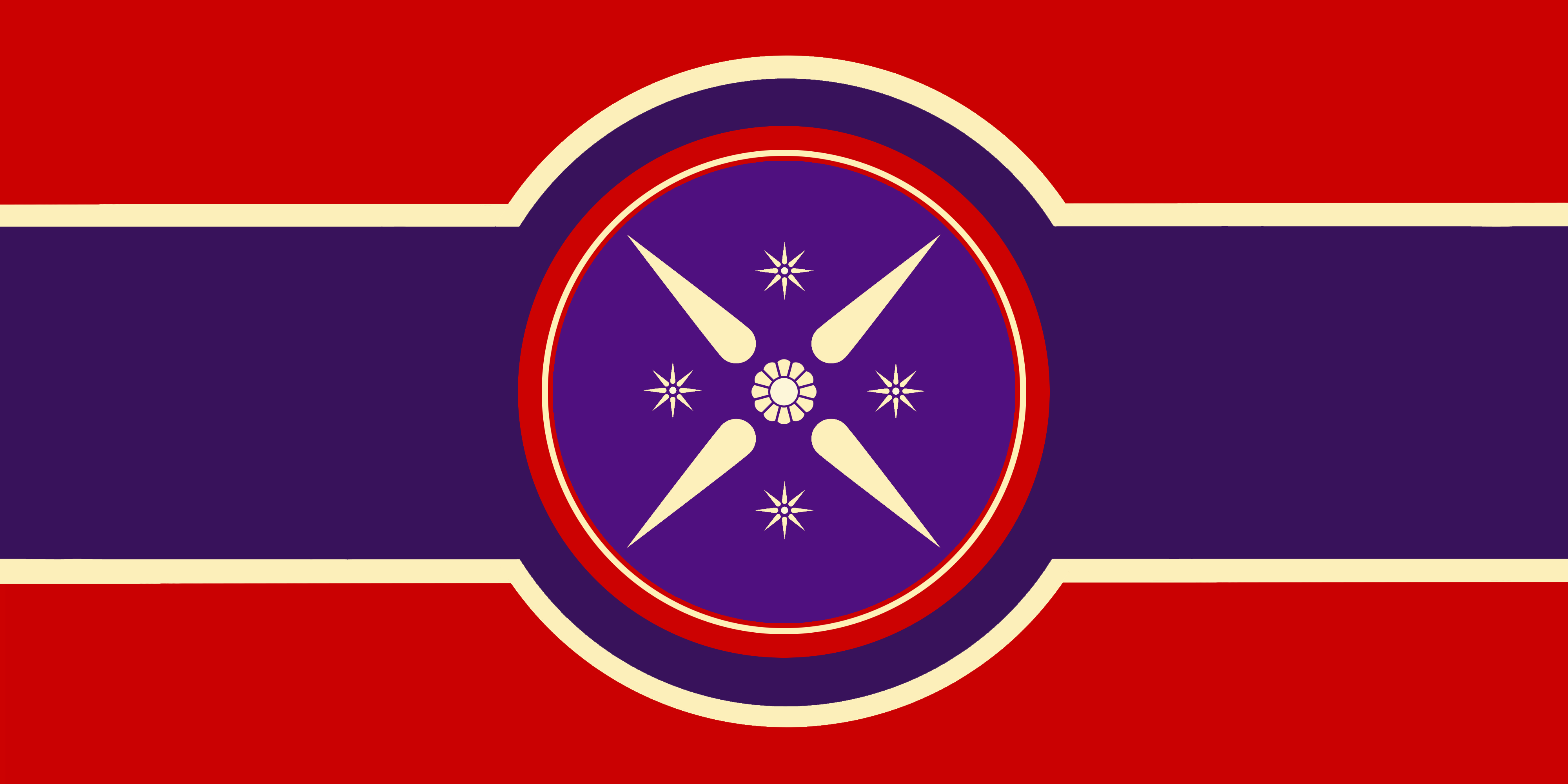
The Crown Unbroken
1346 DA - 3332 DA
Type
Geopolitical, Empire
Capital
Leader
Government System
Despotism
Power Structure
Client state / puppet state
Official State Religion
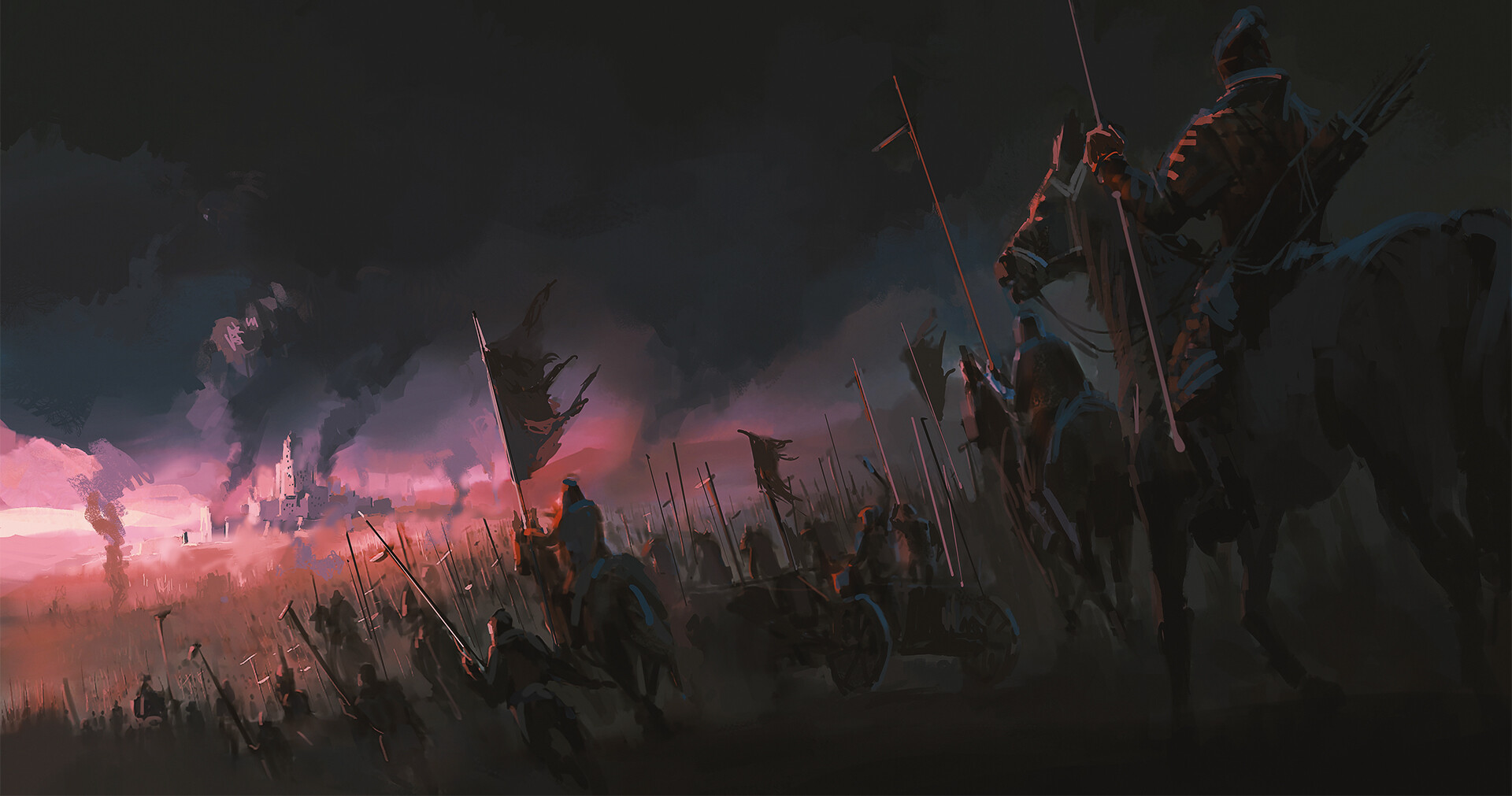
by zishan Liu
I and my successors will keep the dream alive, I swear this upon the immortal flame itself. And if it takes a thousand thousand generations. Peshara will rise again!All Kinds of People Peshara as a realm is hard to define, as it contains various, often contradictory, elements within its borders. Fully nomadic tribes, seasonal nomads, pastoral herders and sedentary groups can be found under the rule of the Shahanshar. Each has its system of governance, a special law code, different rights, duties and privileges. It is only to the daily efforts of the Aragan, Shahi and Asahi that the realm is not torn apart by clashing interests. Minorities, both ethnic and religious, are tolerated within the empire's borders. But it is clear to everyone that anyone not part of the Kidarite tribes is considered to be of "lower rank". Marriage between ethnicities is somewhat rare. Those that make the effort and adapt Kidarite traditions, learn their language and adapt Azurianism as their faith may receive the questionable privilege of Ahasigal. They become part of a new cast that while lower than even mixed-Kidarites, is still above everyone else. Religions are obligated to swear off so-called "anti-Pesharan Propaganda", an institution copied from the Vardanian Hegemony. And while they are "allowed" to proselytize within the realm, their efforts are hampered at every turn by the soft force of bureaucracy. Any potential danger to the Church of the Eternal Fire is quickly dealt with.
The fire fall to shadow, may flicker, may wither, but the spark remains.
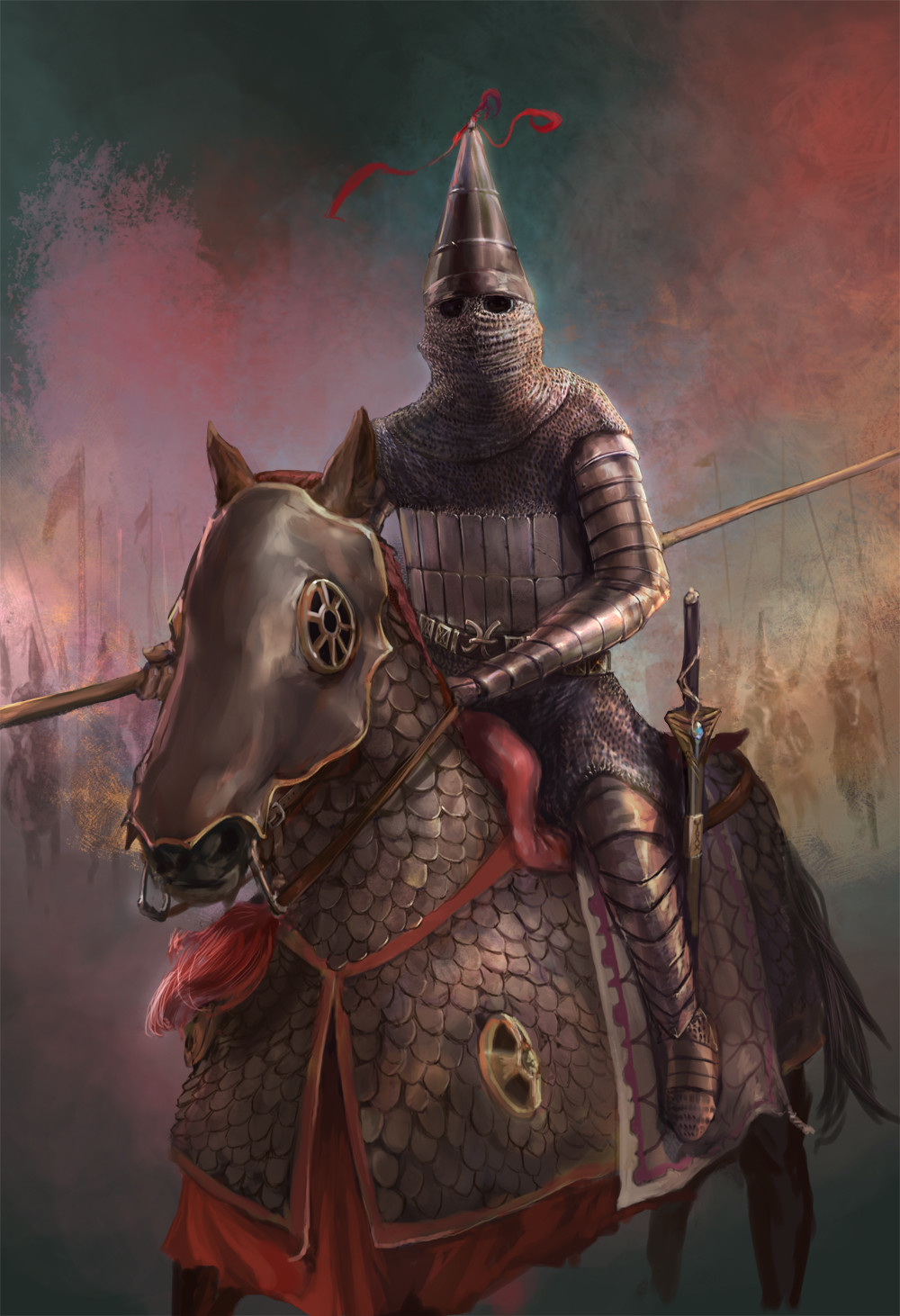
by FWL _

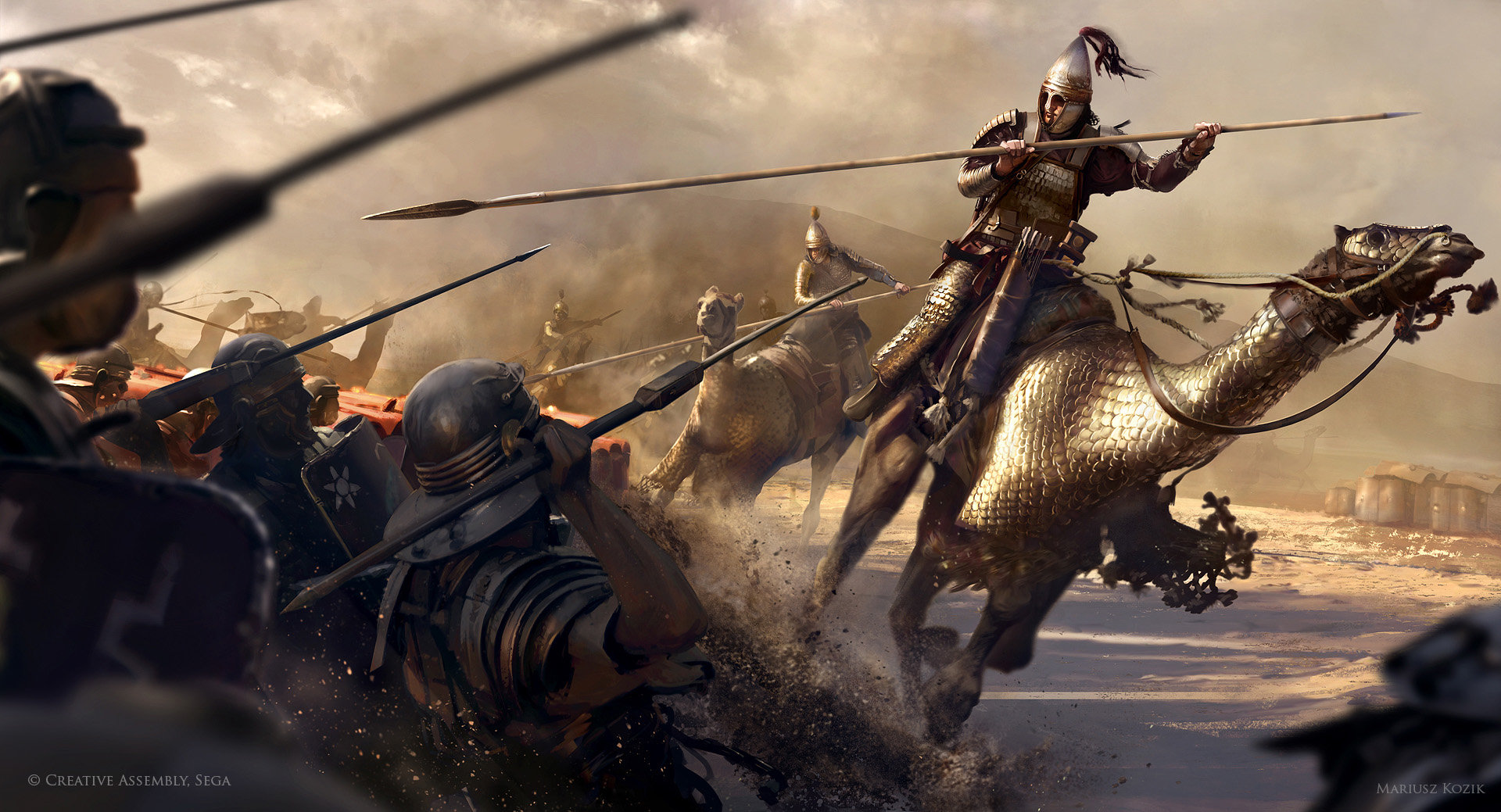
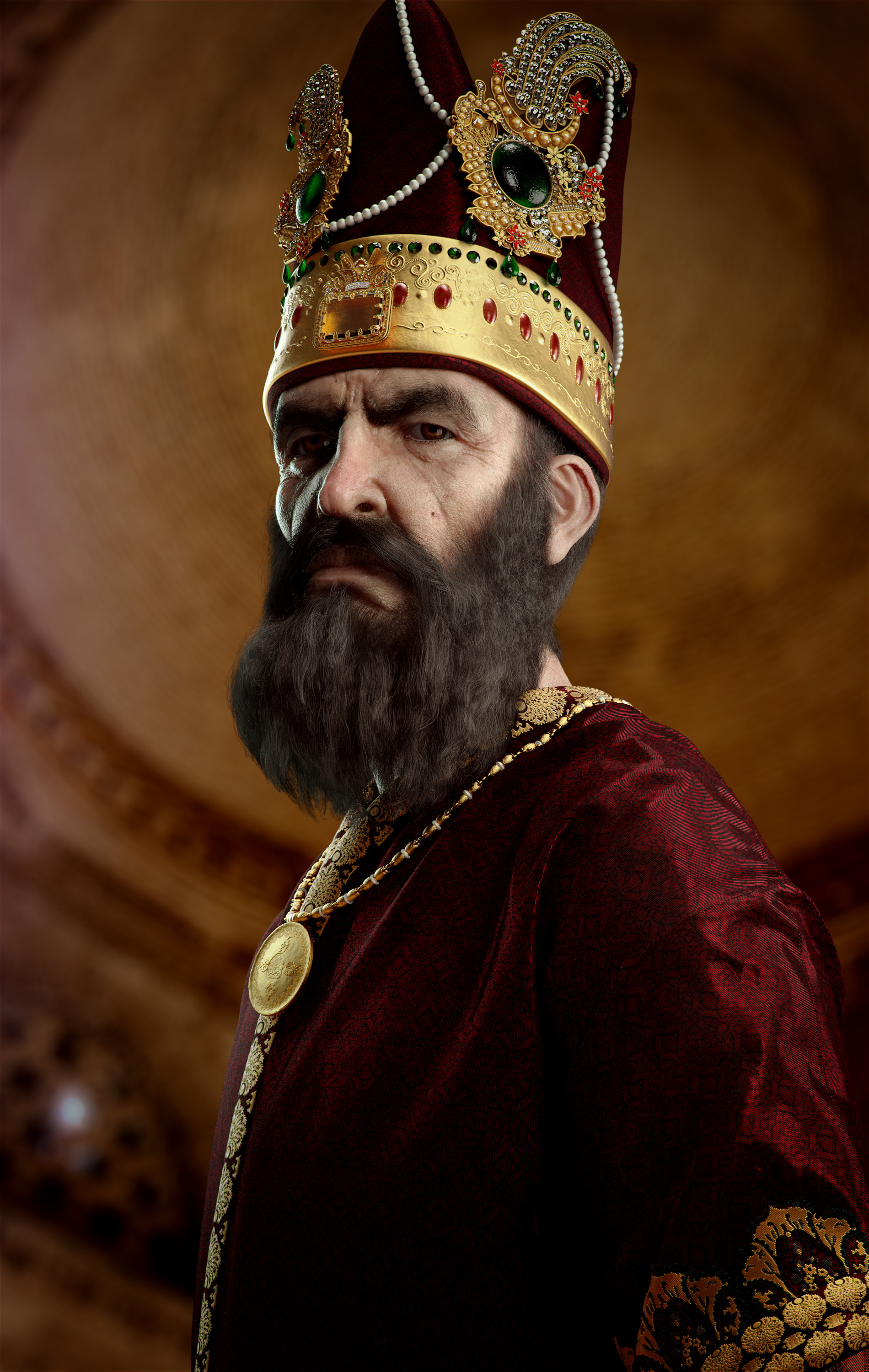

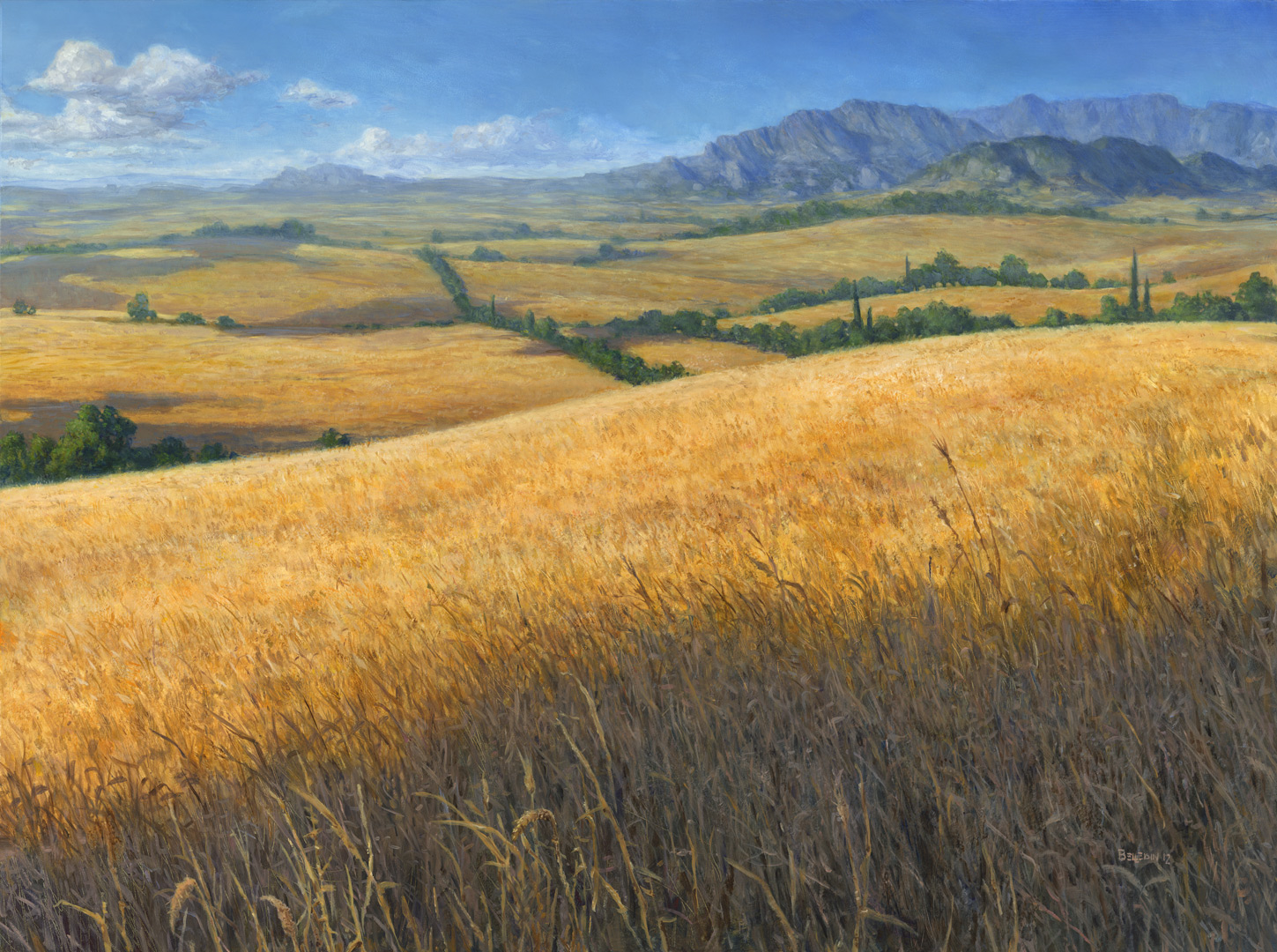
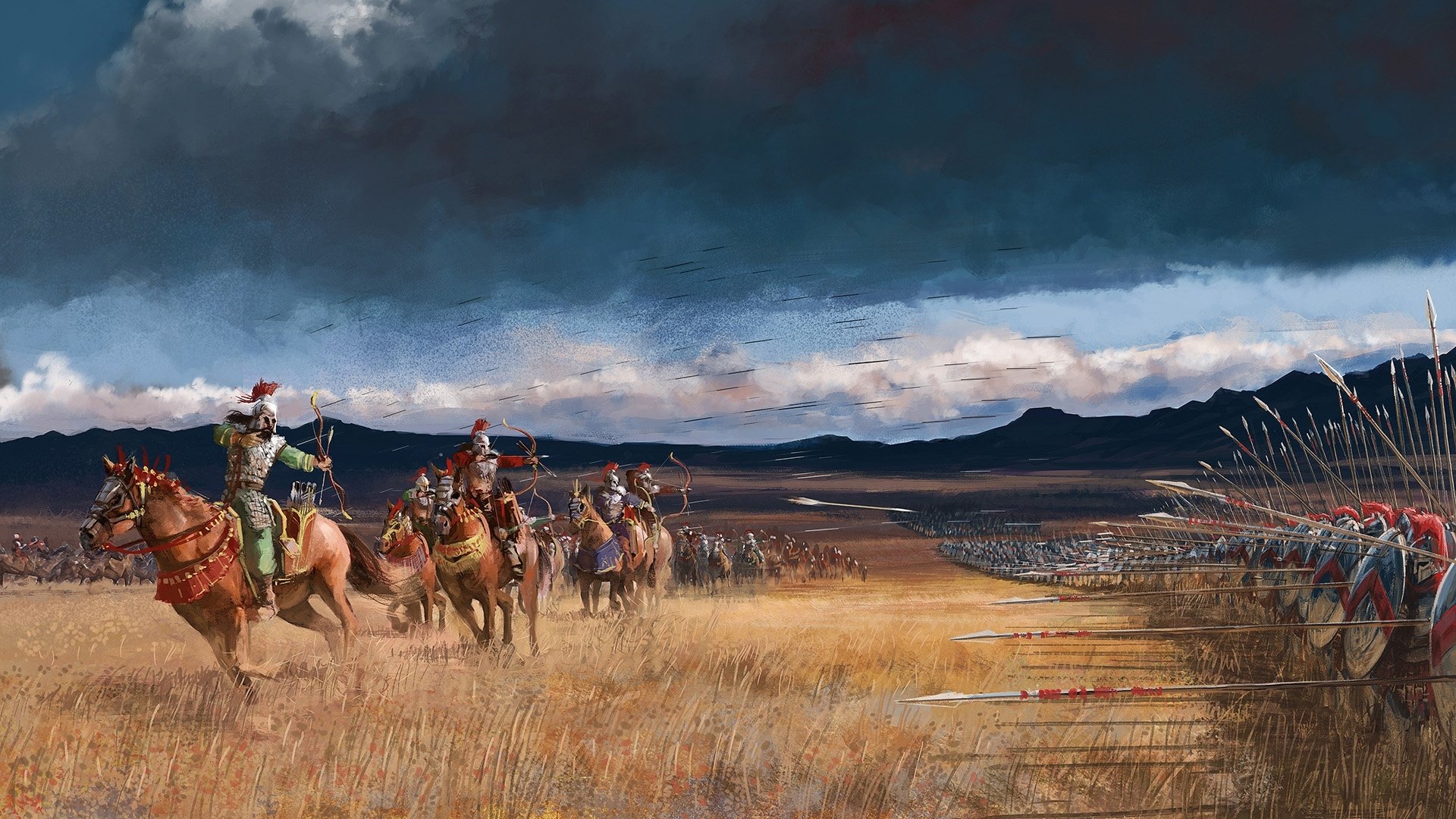

Primary author of the NobleDark, Fantasy setting Realms of Ravare.
Thank you very much for your kind words. I am glad that you enjoyed the read. As for the minerals, I haven't yet managed to write articles on them. The most special and fantasy-ish of them would be Rodite which produces an insane amount of energy once it connects with water.